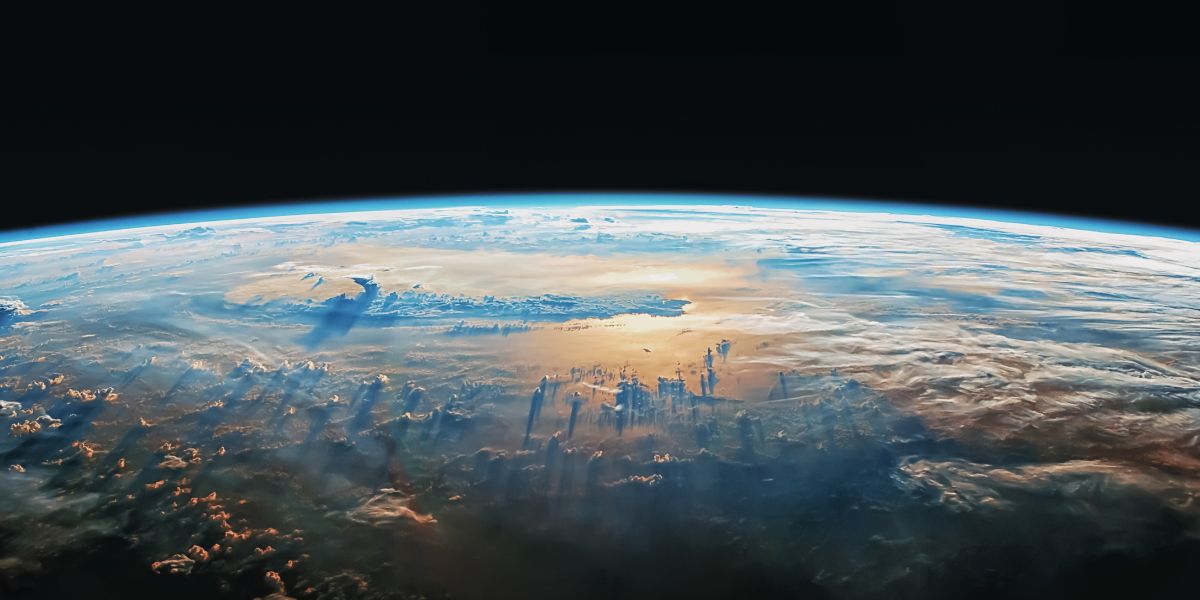If it has felt darker than usual, you’re not imagining it. Tonight, Saturday 21 June, marks the winter solstice; the longest night and the shortest day of the year in the Southern Hemisphere.
Here’s what you need to know:
- 🕒 Longest night: Expect more hours of darkness than any other night this year.
- 🌞 Shortest daylight: The Sun is at its lowest point in the sky, giving us the least daylight.
- 🌍 It happens every year: The winter solstice usually falls on 20 or 21 June.
- 🧭 Why it happens: The Earth tilts on its axis, and this tilt makes the South Pole lean furthest from the Sun right now.
- 🕯️ The turning point: From tomorrow, the days gradually get longer as we head toward spring.
- 🎉 It’s celebrated worldwide: Antarctic researchers call it “Midwinter Day”, and in parts of South America, Indigenous groups mark it as a time of renewal.
- 📍 Local timing: In places like Melbourne, daylight will only last around 9½ hours today.
Article continues after this ad
Advertisement
While it’s officially the start of winter in aostronomical terms, take heart—brighter days are coming.
Here’s a table showing the shortest and longest daylight durations (in hours and minutes) for major Australian cities. This compares the winter solstice (shortest day, around 21 June) with the summer solstice (longest day, around 21 December):
| City | Shortest Day (June) | Longest Day (December) |
| Sydney | 9 h 54 min | 14 h 24 min |
| Melbourne | 9 h 32 min | 14 h 47 min |
| Brisbane | 10 h 24 min | 13 h 55 min |
| Perth | 10 h 03 min | 14 h 12 min |
| Adelaide | 9 h 48 min | 14 h 35 min |
| Canberra | 9 h 46 min | 14 h 32 min |
| Hobart | 9 h 00 min | 15 h 20 min |
| Darwin | 11 h 23 min | 12 h 53 min |









